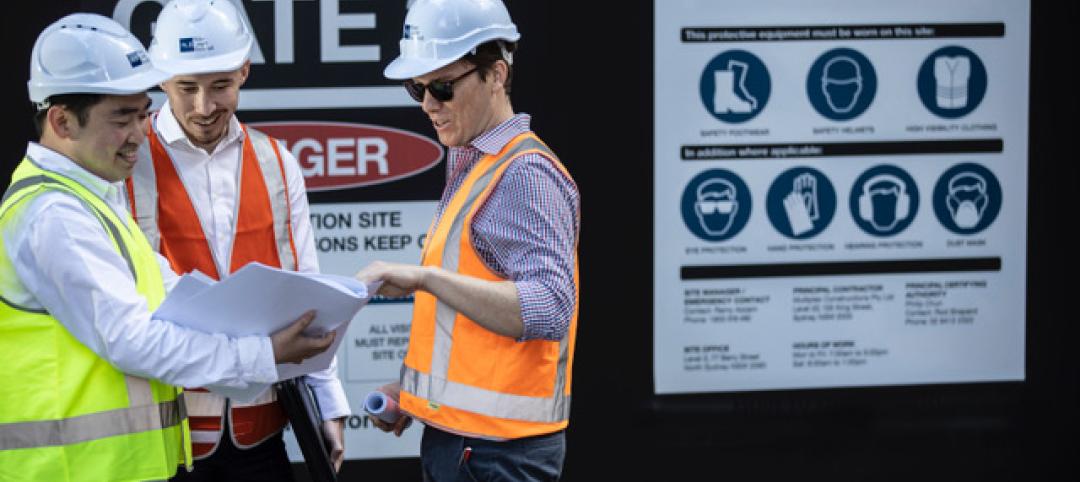Spending by U.S. businesses on new and used structures and equipment rose 4.5%, from $1.42 billion in 2012 to $1.49 billion in 2013, according to the latest economic data released today by the U.S. Census Bureau.
These findings come from the 2013 Annual Capital Expenditures Survey, which provides statistics on capital spending for new and used structures and equipment by U.S. non-farm businesses with and without paid employees. This survey, conducted annually since 1994, is an integral part of the federal government’s effort to improve and supplement ongoing statistical economic programs.
Highlights:
• Investments for new and used structures totaled $577.9 billion in 2013. The vast majority of this amount, $545.0 billion (94.3%), was spent on new structures. Expenditures for used structures totaled $33.0 billion (5.7%) in 2013.
• Investments in new and used equipment totaled $910.3 billion in 2013, up $57.0 billion (6.7%) from $853.2 billion in 2012. The majority of this amount (94.1%) was for new equipment, which totaled $856.7 billion in 2013, an increase of $56.5 billion (7.1%) from $800.2 billion in 2012. Expenditures for used equipment (5.9% of the amount) totaled $53.5 billion in 2013.
• Companies with employees accounted for $1.4 trillion (93.9%) of total capital spending in 2013.
• Of the 19 North American Industry Classification System (NAICS) major industry sectors covered in this report, only one sector had a statistically significant year-to-year decrease in capital spending: The utilities sector (NAICS 22) showed a decrease of 10.6%, from $125.0 billion in 2012 to $111.7 billion in 2013. Eight sectors had a statistically significant increase in capital spending and ten showed no statistically significant change during this period.
Related Stories
Contractors | Oct 5, 2022
Materials shortages, cost spikes throwing Design-Bid-Build process out of whack
The traditional Design-Bid-Build delivery process is under considerable stress this year as materials shortages and cost spikes are upending usual practices, according to a new report from JLL.
Green | Oct 5, 2022
In California, a public power provider’s new headquarters serves as a test case for an innovative microgrid and for reducing greenhouse gas emissions
Sonoma Clean Power (SCP), the public power provider for California’s Sonoma and Mendocino Counties, recently unveiled its new all-electric headquarters.
Contractors | Oct 4, 2022
Project managers: Know your workforce
The number of considerations that go into starting a construction project are almost too numerous to count. Contracts, materials, labor, deadlines, even weather, to name a few. They vary from project to project, and any one of them can change in an instant, whether it be materials suddenly in short supply, labor that isn’t available for your particular kind of project (is it luxury hospitality or affordable residential?), or an unexpected phenomenon like Covid-19 that makes everything suddenly screech to a halt.
Contractors | Oct 4, 2022
Which comes first, the building or the cost estimate?
At the start of a project, don’t forget to establish financial parameters when you’re discussing the design and program. By establishing the costs up front, you can avoid the pitfalls that might derail your project and guarantee its lasting success.
Fire and Life Safety | Oct 4, 2022
Fire safety considerations for cantilevered buildings
Bold cantilevered designs are prevalent today, as developers and architects strive to maximize space, views, and natural light in buildings. Cantilevered structures, however, present a host of challenges for building teams, according to José R. Rivera, PE, Associate Principal and Director of Plumbing and Fire Protection with Lilker.
| Oct 4, 2022
Rental property owners want access to utility usage data for whole properties
As pressure from investors for ESG reporting mounts, owners of multifamily properties increasingly look to collect whole-building utility usage data.
| Oct 4, 2022
In dire need of affordable housing, Aspen, Colo. will get a development that provides 277 affordable homes
A few miles from downtown Aspen, Colo., a development will provide 277 new affordable homes for an area experiencing a dire affordable housing crisis.
Green | Oct 3, 2022
California regulators move to ban gas heaters for existing buildings
California regulators voted unanimously recently on a series of measures that include a ban on the sale of natural gas-powered heating and hot water systems beginning in 2030.
| Oct 3, 2022
The College of the Holy Cross completes a $110 million performing arts center
In Worcester, Mass., a one-hour drive from Boston, the College of the Holy Cross has completed its $110 million Prior Performing Arts Center.
Resiliency | Sep 30, 2022
Designing buildings for wildfire defensibility
Wold Architects and Engineers' Senior Planner Ryan Downs, AIA, talks about how to make structures and communities more fire-resistant.

















